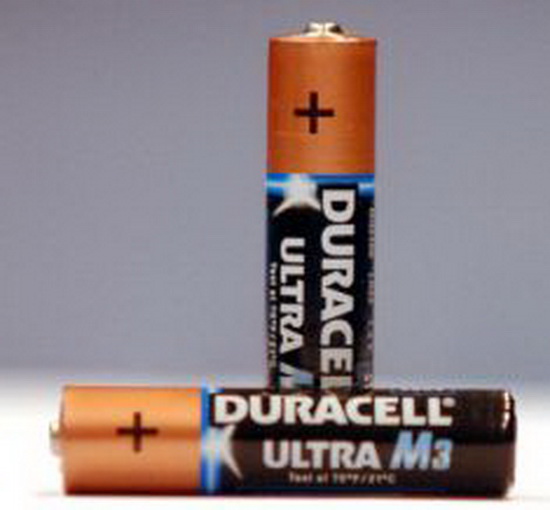
Bioengineers think they can use M13 bacteriophage as new cell phone battery

This phage can produce 400 millivolts of electricity, which is about a quarter of the energy of 3A of electricity.

This bacteriophage also potentially powers pacemakers
According to the British Daily Post, countless scientists have devoted themselves to exploring how to extract energy from bacteria as environmental protection energy. Currently, they are further from the goal and have now discovered how to obtain energy from bacteriophages.
A team of researchers at the University of California, Berkeley, discovered how to generate electricity from a type called M13 bacteriophage, which is piezoelectric and means that it can convert mechanical energy into electricity. Researchers believe that this discovery will someday provide a new way for humans to charge their mobile phones while walking, and at the same time be able to replace the toxic piezoelectric elements in current mobile phones.
Most cell phone speakers are piezoelectric elements because they need to be converted from sound energy to energy output, so that they can be propagated and then converted back to sound waves at the other end of the line. According to biological engineer Seung-Wuk Lee, these piezoelectric elements are usually made of heavier toxic metals such as lead and cadmium.
However, biomolecules such as proteins and nucleic acids are also piezoelectric, and M13 phage also generates electricity when compressed, but it lacks the toxicity of traditional electronic components. Li Chengxu and colleagues found that the M13 phage, which looks like a pencil, is a potential source of perfect energy because it is harmless to the human body.
At the same time, the M13 bacteriophage is cheap and easy to manufacture, and scientists can obtain trillions of bacteria from a bacteria-infected flask. The appearance of this bacterium is very important because the M13 phage can be easily assembled into a lamellar structure.
In order to increase the power output of M13 bacteriophage, the research group led by Li Chengxu was able to change the amino acid composition of this virus outer protein membrane by adding four negatively charged glutamic acid molecules.
The research team amplified the piezoelectric effect by superimposing the M13 bacteriophage layer. Scientists discovered that when adding 1 square centimeter of bacterial film to a pair of gold electrodes and applying pressure on these electrodes, the bacterial film can generate enough power to light up the mobile phone's LCD screen. This can produce 400 millivolt power, which is about a quarter of the power of 3A.
Li Chengxu believes that this kind of bio-piezoelectric material is feasible. “The new research is a stimulant in this field,†said Zhong Lin Wang, an engineer at the Georgia Institute of Technology who has not participated in the research. Due to the nature of biological materials, we can discover the unique application of the future."
High quality hook and loop fastener. Provide double strong grip of mesh.
Self adhesive procedures: on the basis of standard tape and special tape, using the high temperature back-glue
fuse machine to make the glue melt on their back, then cover one layer of oiliness release paper.
The product is divided into 3 types: 1.normal adhesive , which is with low melting point, and applicable to use in the winter,
and low temperatured conditions, just common stickiness.
Velcro Tape,Strong Velcro Tape,Eco-Friendly Velcro Tape,Self-Adhesive Hook And Loop Tape
Hebei Charlotte Enterprise Co., Ltd. , http://www.cnscreening.com